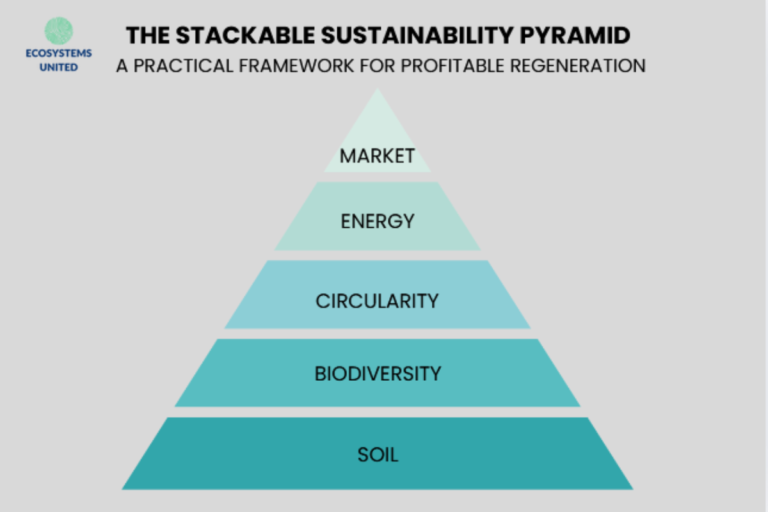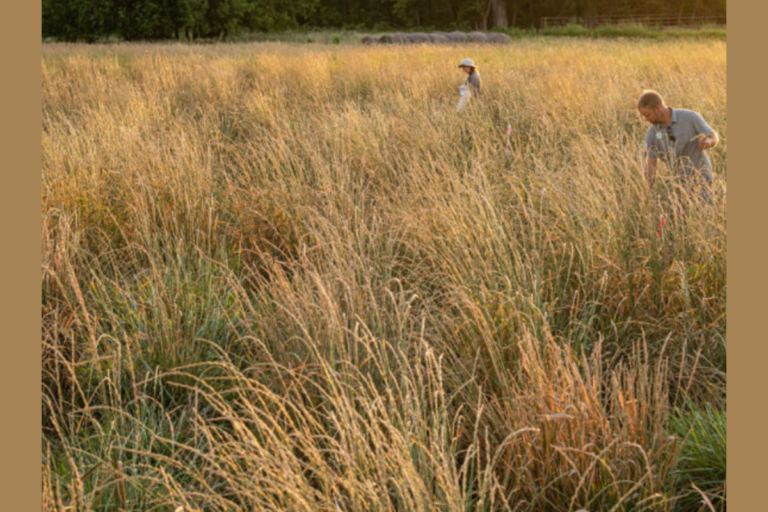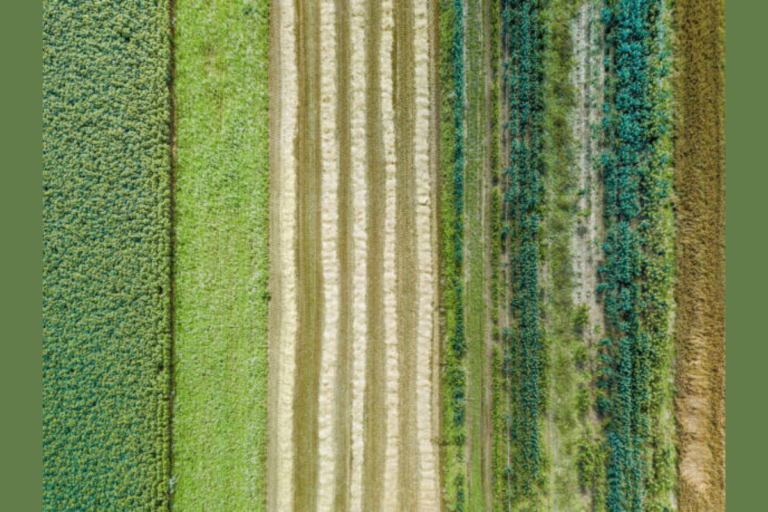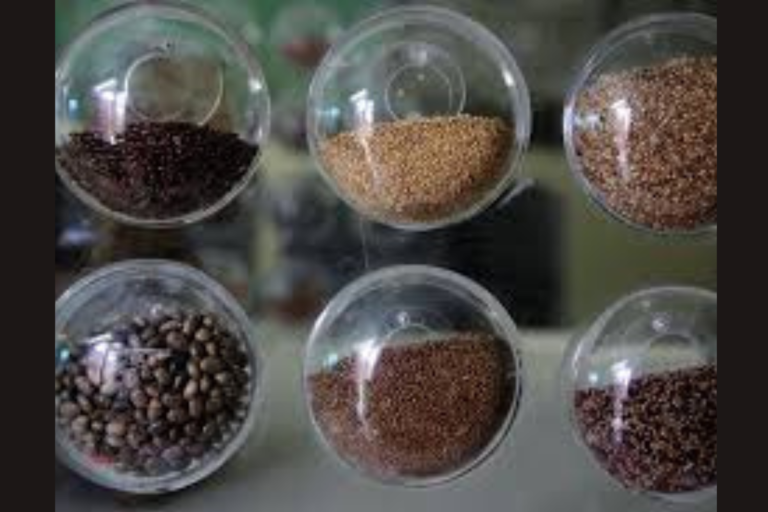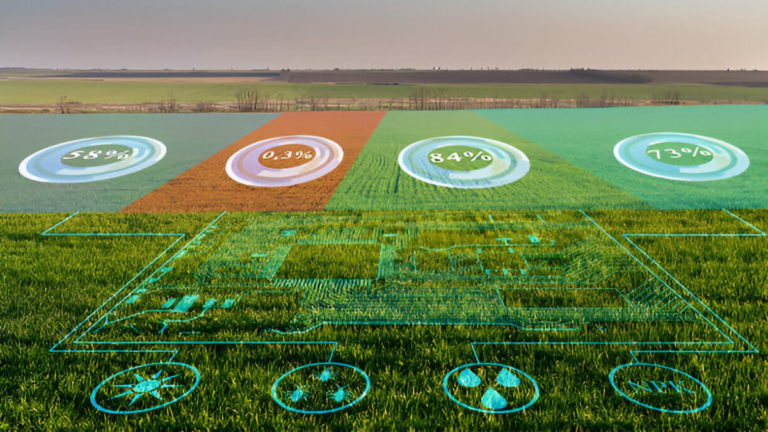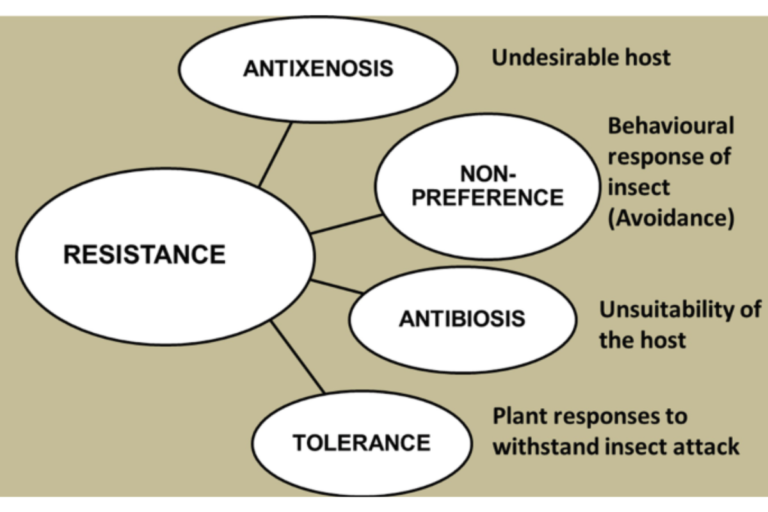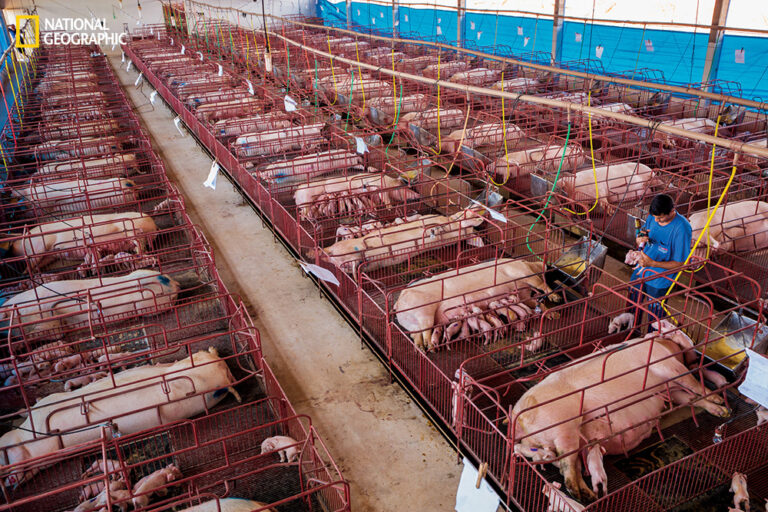the small farm economic advantage: an implementation guide for the stackable sustainability pyramid framework
Small and medium-sized farms today face unprecedented challenges: rising input costs, stagnant commodity prices, labor shortages, and increasingly volatile weather patterns. Our Stackable Sustainability Pyramid Framework offers a structured approach to addressing these challenges through the progressive implementation of complementary practices.


